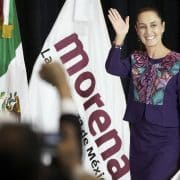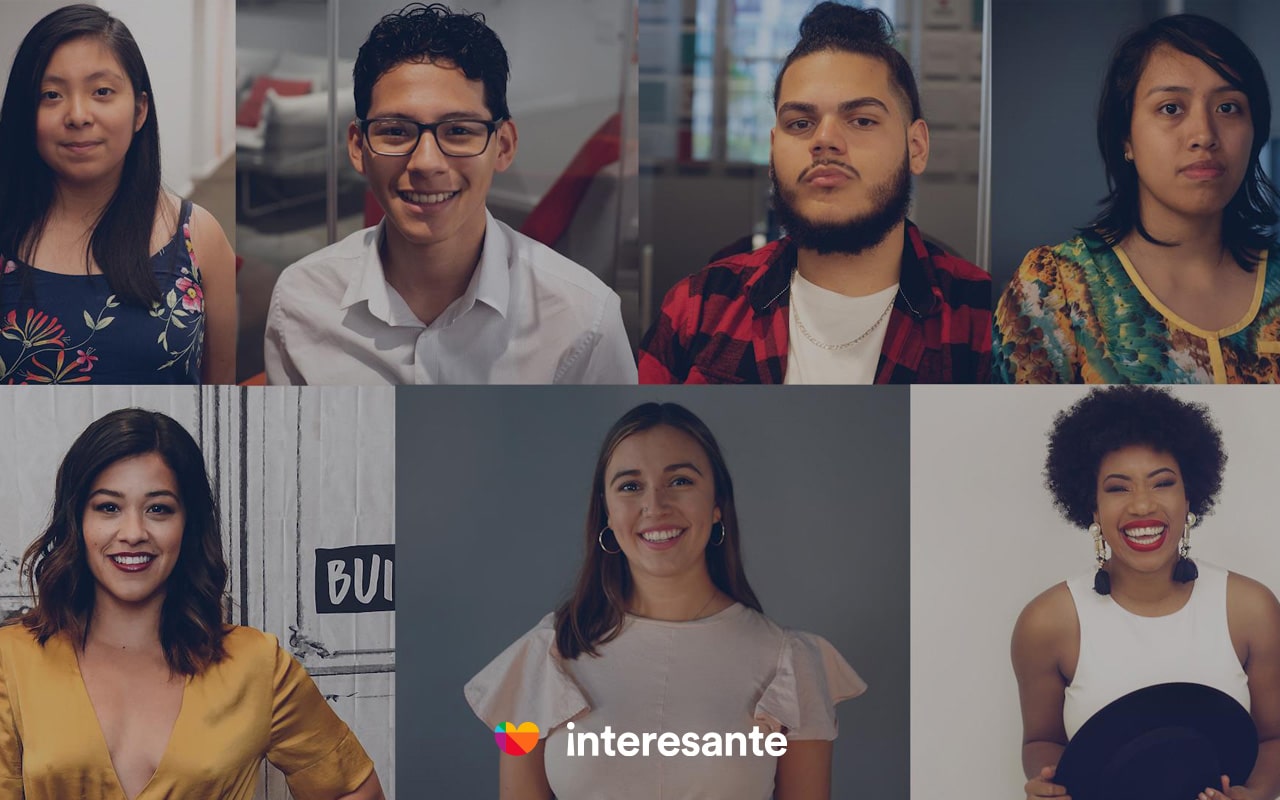
Creadores de contenido en Interesante
I remember the first time I experienced colorism. My friend and I were waiting in line at the stir-fry station in the dining hall; I was telling her about my most recent crush. Her skin was a few shades darker than mine, but I still didn’t understand why this was relevant.
“You’re beautiful, so please own it,” she continued, as she walked away. I wanted to shout, “So are you!” but at this point, she had already walked too far for her to hear me. “You don’t have to worry, you know. You’re not that dark,” my friend said to me.
“I, on the other hand, am.”
It won’t be until Mexico fixes these inequalities that the pattern of undocumented immigration will end. The first step in doing so is openly acknowledging colorism and then confronting the problem from within. As a nation, we need to raise awareness. It is imperative that we support those who suffer at the hands of colorism and call the colorists out. We have to destroy colorism before it destroys Mexico and its people.
Las Castas, a racial class system Spaniards constructed to bind an individual’s privilege to their skin tone
During the Mexican colony’s founding, the three races lawfully represented were White, Indian, and Black. Indigenous people, slaves, and formerly-enslaved Afro-Mexicans were not considered people by the Spanish Castas system.
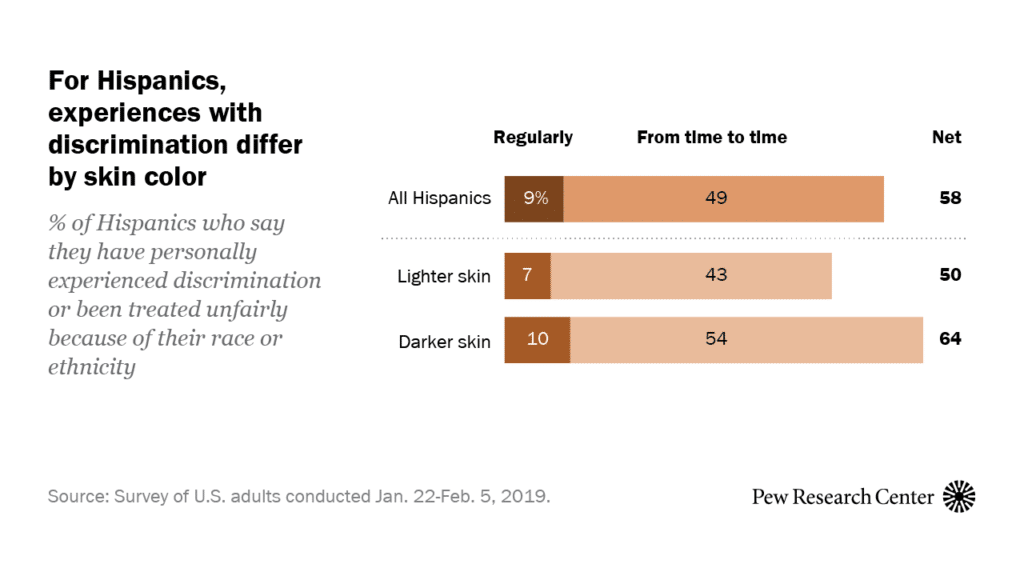
Given the rigid stratifications, a member of Mexican society could not alter their ‘status’ unless they married someone with a lighter skin tone. The frequency of inter-marriage led to an increase in diversity among the Casta hierarchy, as shown in the historical image below.
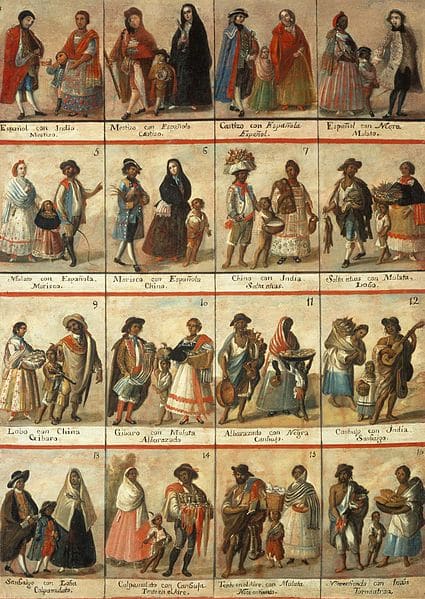
Mexicans were classified into a total of 16 Castas depending on their skin tone
Each dictated the individual’s socioeconomic status, education level, and legal rights within the Mexican colony. From the beginning, Spaniards were at the top, then Mestizos (children of Spaniards and Indians), Indians, and Afro-Mexicans.
I was a sophomore in high-school taking my time to prep myself for a dance when all of a sudden, my best friend turned over and looked intently at me. I prepared myself for the deep philosophical statement to come.
“Itzel, have you noticed that out of the three native Mexicans on campus, you’re the only one that is not white-passing?” “And I’m the only one on a full scholarship,” I responded.
I began to realize that no matter how far away you are from Mexico, the after-effects of skin tone-based Mexican marginalization stay with you.
Racism in contemporary Mexico
The hierarchy of races set up by the caste system is still solidly in place. It runs everything from Mexico’s cinema to its politics.
As Ruben Navarrete Jr., a CNN Contributor outlines, “it’s no exaggeration to say that, in this country and especially in this city, the best, highest-paying, most important jobs often seem to go to those who, in addition to having the best education and the strongest connections, have the lightest skin.”
Skin color stratification takes place everywhere within Mexican society. Unfortunately, Mexicans –for the most part– refuse to discuss this taboo topic.
Most indigenous and Afro-Mexican communities in Mexico are failing economically
Indigenous Mexican populations live in southern, rural areas, such as Oaxaca, Guerrero, Veracruz, Chiapas, Michoacan, and Puebla.
The areas where indigenous populations reside get limited access to education and social services from the Mexican government. In fact, according to a study done by the Latin-American Public Opinion Project, the Mexican data “clearly showed people with white skin completing more years of schooling than those with browner skin – 10 years versus 6.5.» That is a stunning «45 percent gap in educational achievement between the darkest- and lightest-skinned Mexicans,” the area’s native population tends to be monolingual. Many only speak an indigenous language and do not speak Spanish.
The Mexican states with the highest levels of the native population are also the poorest. The average Mexican income is about US$193 per month. Citizens with lighter skin earn more at $220 per month.
Dark-skin citizens, on the other hand, earn just $137 – 41.5 percent less than their white compatriots.” These states report higher rates of narco-activity. Since they are closer to Central America, they also provide easier transportation of drug products.

The Mexican Census counts neglect the indigenous Mexican community. According to the New York Times, the census has typically asked only if an indigenous language is spoken at home and, if so, which one. That information is then utilized to evaluate the size of the Indian population which is about 6 percent of the total of 112.3 million.
The Mexican government took 183 years since earning independence from Spain to formally recognize Afro-Mexicans in the national Census. The 2020 Census will include the Afro-Mexican population for the first time in Mexican history. They are hoping that the Census helps to obtain legal recognition in the Constitution, which could mean human rights, safety, and better services for their communities.
The Mexico Conference at Harvard was amazing, except for this…
There were about 300 individuals in John F. Kennedy Jr.’s Forum. To the untrained eye, we were all people of color. Yet, upon closer look, it became obvious that the crowd was not as diverse or inclusive as it seemed. I was reminded of my privilege of being part of the majority, but also of my inferiority within the ranks.
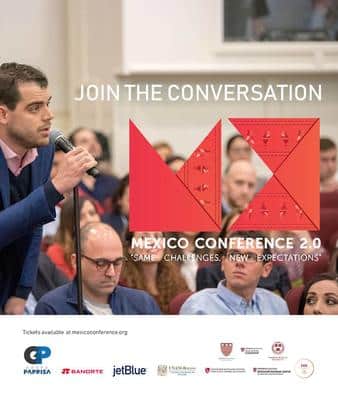
There were about 300 Mexicans at Harvard’s Mexico Conference, but it became obvious that the crowd lacked racial and financial diversity if you look closer. The URL for the Mexico Conference has been discontinued, which leads us to believe that the conference was discontinued.
As far as I recall, there was only one indigenous face in the crowd and he was part of a panel advocating for indigenous-Mexican rights. The rest of us, about 60% Mestizos and 40% White-passing Mexicans listened. There was no Afro-Mexicans present.
The truth behind the undocumented narrative
For Mexico to become a more equitable society, its citizens need to see the path to financial independence. The result would be fewer undocumented immigrants in the United States.
Growing up, it wasn’t rare to hear stories from people who sacrificed a prestigious career in Mexico for a cleaning job in America. Brown and black Mexicans who obtain a Bachelor’s degree in Architecture routinely cross the border and become construction workers. Mexican lawyers find themselves in East Los Angeles garment factories.
The same people who worked as house cleaners in Mexico also do it in America. In the United States, they receive higher pay and feel more respected.
Working for White people who have no Latinx background feels more freeing because they are simply more just in their pay and treatment of you, said a house cleaner who cleaned houses in Mexico City and Houston, Texas. Despite her undocumented status, her quality of life is better in America than in Mexico due to the mistreatment in Mexico she suffered because of her dark skin.
What's Your Reaction?
Creadores de contenido en Interesante







